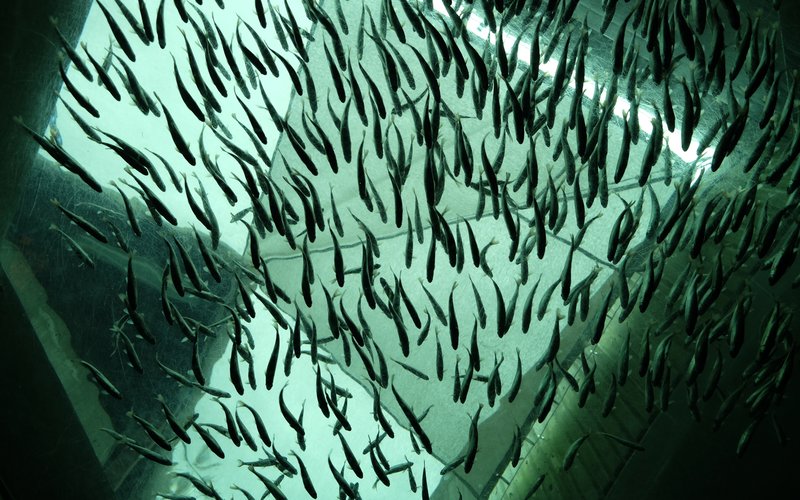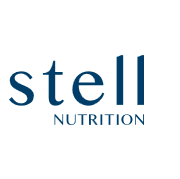Microalgae can be regarded as a promising alternative that can replace fishmeal and fish oil and ensure sustainability standards in aquaculture. They can be used as a source of protein, lipid, vitamins, minerals, pigments, etc.
Pavlova sp. 459 has been used as a high-quality liquid live-feed for cultivated bivalves, but never was evaluated as a low-trophic dry aquafeed ingredient. A group of Canadian researchers evaluated it for nutritional characteristics relevant for salmonid aquafeeds.
Pav459 was batch-cultivated in photobioreactors and prepared as an intact-cell meal (direct freeze-drying) and a cell-ruptured meal (freeze-drying following microfluidic high-pressure homogenization). Protein quality was based on essential amino acid (EAA) profiles, chemical scores, and in vitro 2-phase gastric/pancreatic digestion (GPD) for salmonids.
Nutrients were well-preserved after processing and meals contained 66% protein, 16% lipid, 7% carbohydrate, 24 MJ kg-1 DW energy, and 11% ash. Protein quality of the meals was good as indicated by their high EAA/non-EAA ratios, high EAA indices of 0.82–1.06 (relative to egg albumin, premium fishmeal and soy protein), high chemical scores (1.4–2.2) for most EAAs (calculated against published salmonid dietary requirements), and high in vitro GPD (82%), irrespective of cell-rupture.
Pav459 meals contained health-promoting compounds (fucoxanthin, 358–368 mg (100 g)-1 DW; lutein, 101–162 mg (100 g)-1 DW; total phenolic compounds, 33 mg gallic acid equivalents g−1 DW) with negligible contaminating heavy metals and anti-nutritional factors.
Pav459 lipid was highest in PUFA (> 60% of FAME), most of which was nutritionally superior n-3 series (50–52% of FAME) relative to n-6 series (10% of FAME). In addition, the vast majority of n-3 PUFA (81%) was comprised of essential LC-PUFA, eicosapentaenoic acid at 3% of the meals and docosahexaenoic acid at 2% of the meals.
Check full study here.













